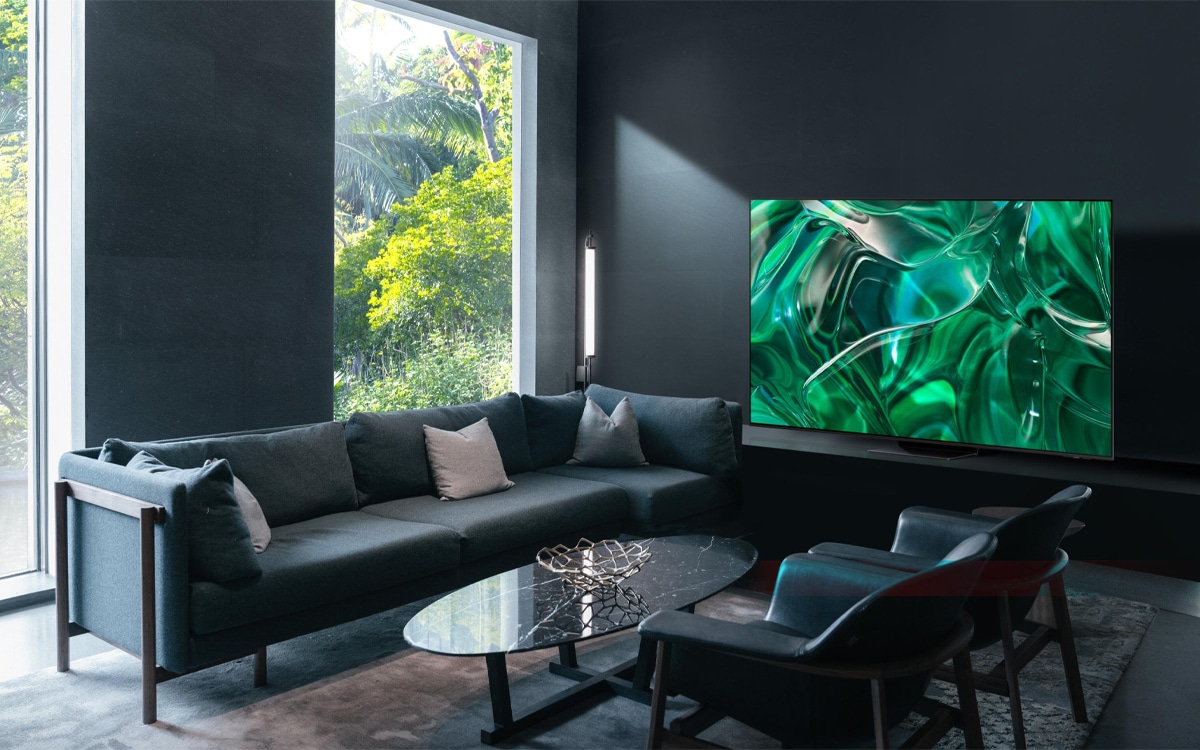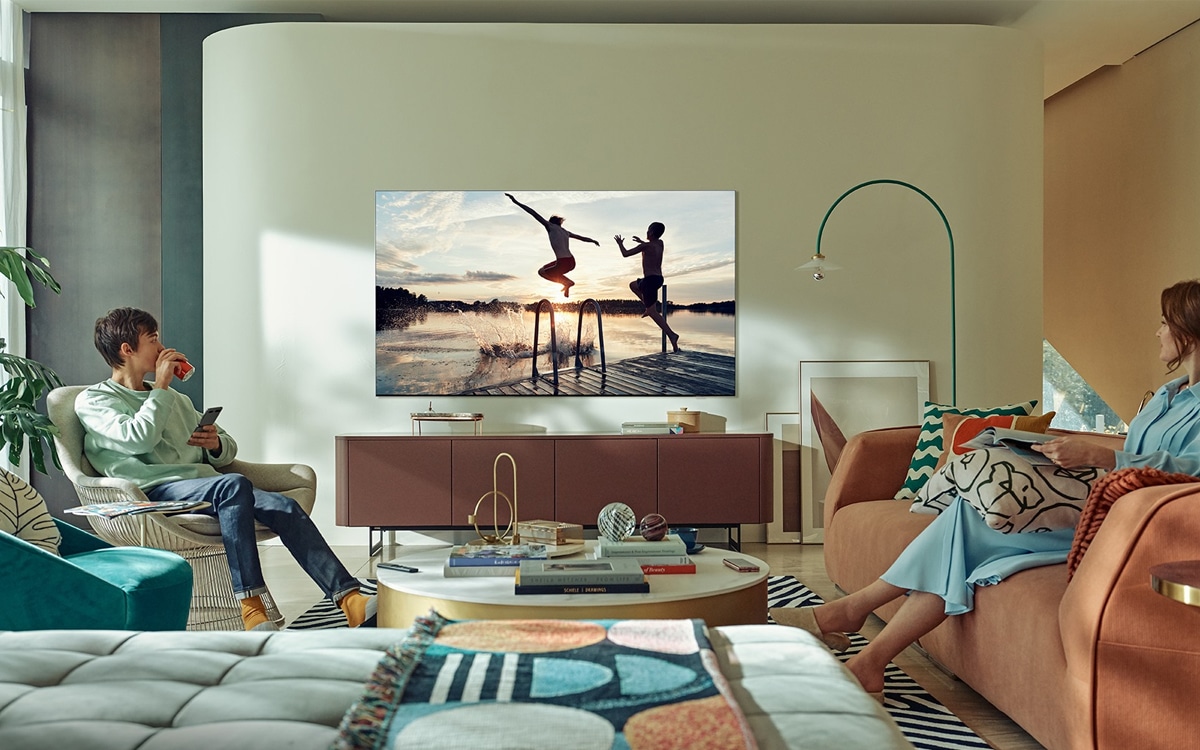In particular, striking a balance between brightness and contrast is vitally important. But how are you supposed to do it? Especially if you’re not clear on the difference between the two. How exactly does brightness affect contrast on a TV?
Prepare to master the image of your TV by reading down below. This is the ultimate guide to the relation between brightness and contrast, and how one might affect the other!
How Does Brightness Affect The Contrast On A TV?
Before we can find out how these two things affect one another, it would be worth ensuring we know exactly what they refer to.
In relation to televisions, brightness refers to how much light is emitted by the screen. The higher the brightness of a TV, the more light is being released. When the brightness is cranked up on an OLED TV, each of the individual pixels is able to release more light as needed. When the brightness is raised on an LED TV, the backlights of the TV push more light through the layers of the screen.
Brightness affects the entirety of the on-screen image. Contrast instead refers directly to the difference in light levels between the lightest and darkest parts of an image. Increasing the contrast of a TV will result in darker areas of the image becoming darker, and brighter areas becoming brighter. Higher contrast can make it easier to make out distinct shapes on-screen. However, cranking it up too high could result in a loss of clarity. Areas of an image with an average amount of brightness may be made darker!
Brightness is the amount of light emitted by the entirety of your TV’s screen. Contrast, instead, refers to the differences in light levels between the brightest and darkest parts of an image.
If you want greater contrast on your TV, you’ll need to find the perfect brightness level. Brightness changes the amount of light emitted in every part of an image. If you were to have your brightness too high, then light may bleed through the darker patches of the image when the contrast is raised.
How Does An OLED TV Improve Contrast?
If contrast is an important consideration for you when choosing the right TV, then you’d be well-served by an OLED display. OLED displays are practically made for greater contrast, thanks to how they utilise light.
The display of an OLED TV is made up of an array of millions of tiny pixels that not only produce colours but also release light. Because each pixel releases its own light, this means that groups of pixels can be fully switched off as and when needed to create true black values on-screen. True black values allow on-screen colours to appear even more vibrant thanks to the greater contrast.

Should The Contrast Be Higher Or Lower Than The Brightness?
While it’s good to find the perfect ratio between brightness and contrast, it’s best to have the contrast slightly higher than the brightness. If the contrast is slightly higher, it ensures that the darkest parts of the image are appropriately dark. This then allows the brightness in the brighter parts of the image to shine as they should.
Generally, contrast should be slightly higher than the brightness on a TV. A slightly higher contrast allows the brightness to truly, and quite literally, shine! Just make sure not to have the contrast too high!
If you need to adjust these two settings, you can rest assured that most modern TVs make the controls very accessible. In most cases, it’s as simple as heading to your TV’s system settings, and then the associated “Display settings” sub-menu. If you still have access to your TV’s user manual, then we’d recommend consulting it. Display settings may be listed under different menu options.
Frequently Asked Questions
How Does Brightness Affect Contrast On A TV?
Contrast and brightness often go hand in hand. Brightness refers to the total amount of light emitted from a TV screen. Contrast, on the other hand, refers to the difference in the amount of light in the brightest and darkest areas of a specific image. It’s good to strike a balance between the two. Too high brightness or too high contrast can lead to unsatisfying imagery.
Does Contrast Make It Darker Or Lighter?
Contrast neither makes an image darker or lighter. It all depends on the image that contrast is being applied to. Contrast is the difference in light levels between the darkest and brightest parts of the image. If your image is mostly bright, then increasing the contrast would make the image appear much lighter. If there are more dark areas in the image, then the image would be made much darker.
Is HDR Just High Contrast?
No. Increasing the contrast of a TV would simply make colours stand out more than the darker areas of the image. HDR doesn’t just make colours appear more vibrant. Instead, HDR increases the colour gamut of your TV. This allows your TV to reproduce far more specific colours. HDR and contrast can go together incredibly well.
Should I Turn Up Brightness For HDR?
There is no set optimal brightness for enjoying HDR content. HDR can be enjoyed at just about any brightness level. However, an increased brightness can allow the colours produced by HDR to pop out far more than usual. We’d recommend playing with the contrast of your HDR TV. The greater the contrast, the more the colours will contrast against darker shades on-screen.






0 Comments